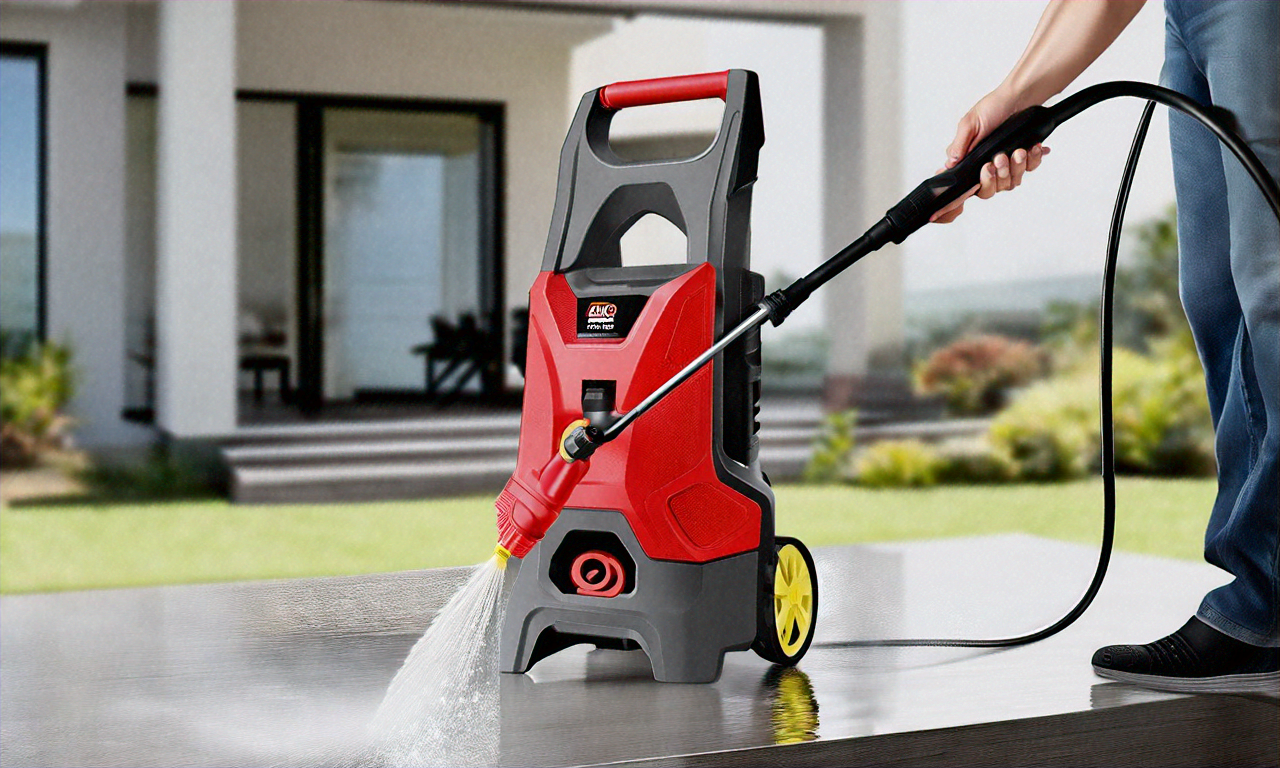Power Washer: Guide to Pressure Washing for Property Care
A power washer (also called a pressure washer) is a common tool for cleaning exterior surfaces on residential and commercial properties. Used correctly, it removes dirt, grime, mold, mildew, loose paint, and other buildup more efficiently than manual scrubbing. This article explains how pressure washing works, which surfaces and situations suit a power washer, practical house cleaning and driveway tips, and how to incorporate power washing into routine property maintenance to extend surface life and improve curb appeal.

What is pressure washing and how does it work?
Pressure washing uses a high-pressure stream of water delivered through a nozzle to dislodge contaminants from surfaces. Machines range from electric units for light-duty tasks to gas-powered units that generate higher flow and pressure for tougher jobs. Pressure is measured in pounds per square inch (PSI) and flow in gallons per minute (GPM); both affect cleaning power and the risk of surface damage. Proper nozzle selection, distance from the surface, and movement technique reduce streaking and prevent etching or splitting softer materials like wood or painted surfaces.
When to use a power washer on your property?
Use a power washer when surfaces show visible buildup that regular cleaning won’t remove efficiently—green algae, black streaks, oil stains, and thick mildew are common examples. It’s also useful before repainting or refinishing to ensure adhesion. Avoid using high pressure on fragile materials, older mortar joints, or surfaces that are already flaking; in those cases, softer washing methods or chemical treatments combined with low-pressure rinsing are safer. Consider weather, nearby landscaping, and municipal rules about runoff when planning a pressure washing session.
Power washing for house cleaning: what to target
For exterior house cleaning, common targets include siding, soffits, gutters, window frames, and exterior trim. Vinyl, aluminum, fiber cement, and stucco often clean well with moderate pressure plus a suitable detergent applied by downstream injector or low-pressure spray. Wooden siding and older painted surfaces require lower pressures and wider spray patterns to avoid gouging. When using detergents, follow manufacturer guidance and fully rinse surfaces to prevent residue. Always protect windows, electrical outlets, and nearby plants during the process.
Driveway care: pressure washing tips and safety
Driveways and walkways often accumulate oil, tire marks, algae, and dirt; they tolerate higher pressure than siding but still need care. Use a surface cleaner attachment or a fan nozzle with steady, overlapping passes to avoid etching concrete. For oil stains, pre-treat with a degreaser designed for exterior surfaces before pressure washing. Wear eye protection, non-slip footwear, and long sleeves. Be mindful of rebound spray and flying debris; inspect and clear cracks beforehand to prevent loose aggregate from being washed away.
Power washing in property maintenance schedules
Incorporating power washing into property maintenance helps prevent long-term deterioration and preserves curb appeal. Many homeowners schedule a full exterior wash annually or biannually depending on climate and local conditions; high-moisture areas may need more frequent attention. Use power washing as part of seasonal maintenance—clear gutters and roofs in fall, rinse pollen in spring, and remove salt in winter-prone regions. Keep a log of cleaned surfaces and any repairs needed after washing; this record helps plan future maintenance and track changes in surface condition.
Conclusion
Power washers are effective tools for cleaning many exterior surfaces when used with appropriate pressures, nozzles, and detergents. Understanding how pressure washing works, selecting the right approach for house cleaning or driveway care, and integrating cleaning into a property maintenance routine reduces damage risk and keeps surfaces in better condition. Careful preparation, safety practices, and moderation of pressure based on surface type lead to better results and longer-lasting exterior finishes.





